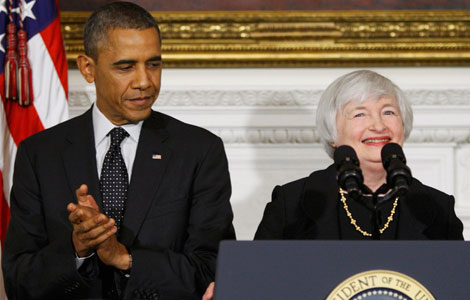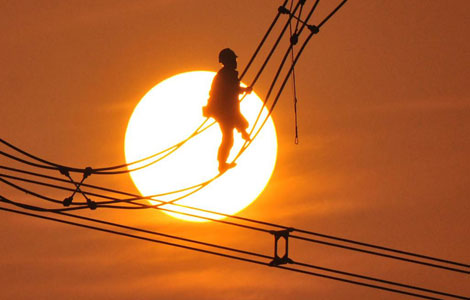Invisible cities inspire tuned urbanization
Updated: 2013-10-10 07:24
By Zhu Yuan (China Daily)
|
||||||||
It is impossible for local leaders to have the fired-up imagination of Calvino, who died in 1985 aged 61, concerning the cities. But it is possible, and within their discretion, for them to harbor the notion that urban development should be for the benefit of urban dwellers.
Rather than Calvino, who let his imagination run as wild as possible in describing the cities Marco Polo talks about to Kublai Khan, local leaders, along with urban designers, must take into consideration various factors that should help make a city a pleasant place for residents to enjoy life. They must think about the adequate size of a city for its ecological capacity, the number of parks and the proportion of green areas and, of course the less poetic aspects, such as waste disposal and sewage.
I wonder whether there should be both a visible city and invisible one in the minds of local leaders. An invisible city should be an ideal place where people can enjoy the merits of a city without the congestion, or other drawbacks. A visible city will always benefit from the visions of its invisible twin.
In other words, an invisible city is the ideal of urban planners and policymakers while the visible one is where its invisible counterpart has to be materialized. If the former gets the better of the latter, construction of a city may likely be impeded by too much concern for problems that will compromise the quality of urban life. Of course, there is also the possibility of going too far beyond the capacity of the physical conditions in the process of making the ideal come true.
Given the urban development plans quite a number of cities have unveiled, it seems that a visible city has got the better of its invisible counterpart or else local urban planners did not have an invisible city in their mind.
That too much concern has been placed on the size of a city and on the prospects of developing certain types of cities (such as world city, first-class provincial capital and so on) speaks volumes for what they have in mind.
When wider roads, higher buildings and huge squares within an increasingly larger-sized city are seen as the priorities for urban development, I strongly doubt whether urban planners have an ideal in mind for a desirable urban life for its dwellers.
The downside of such urbanization has been looming large. The larger a city is, the more chances are for various kinds of jobs that make them attractive only in terms of money-making, but at the same time, they have more problems such as traffic jams.
Striking a balance between a visible city and an invisible one may be a way for urban planners to redefine the urbanization road map to the sustainability of cities and benefits of urban dwellers.
The author is a senior writer with China Daily. zhuyuan@chinadaily.com.cn
(China Daily 10/10/2013 page8)
Most Viewed
Editor's Picks
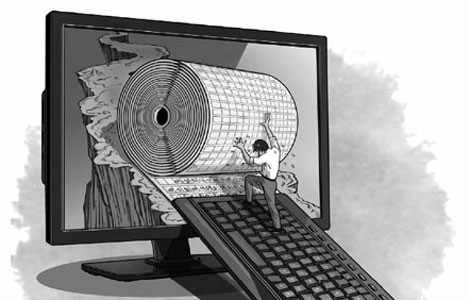
|
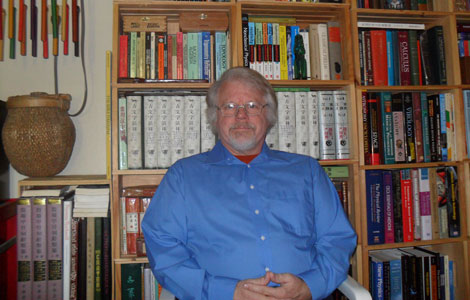
|

|

|
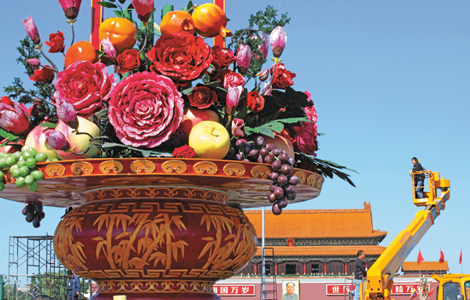
|

|
Today's Top News
Trending news across China
Americans to name panda cubs at Atlanta zoo
US investors say they are less bullish on China
Obama remarks show China high on agenda
Hong Kong benefits from rising renminbi
WB chief praises China for reforms
China is a major contributor to global growth
China, Australia agree to quicken FTA talks
US Weekly

|

|
